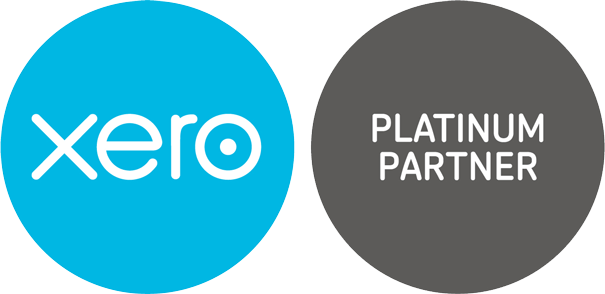News
National Insurance thresholds are changing – Are you ready?
22 June 2022
From 6 July 2022, the Primary Threshold (PT) for National insurance will increase to £12,570. This is the threshold at which employees begin paying National Insurance contributions (NICs).
This will bring the rate in line with the current rate of personal allowances for income tax and means those earning below this amount each year will pay no tax or NICs.
It also means that a larger proportion of a person’s income will be free of NICs, meaning that most employees will enjoy a cut to their NICs.
This jump in the PT comes at a time when many employees are experiencing difficulties due to the cost of living and follows the Government’s decision to increase NIC rates in April.
On April 6th, the rates of NICs increased by 1.25 percentage points. This means, for example, that the main rate for employees rises from 12 per cent to 13.25 per cent.
The increase in NICs was legislated for to increase spending on health and social care and will be formally replaced by a new Health and Social Care Levy in April 2023, which will maintain this increase to provide funding to these sectors.
The increase in the PT means that most employees should see minimal change in their NIC bill, while lower earners below the limit might see their contributions cut entirely.
How does this help self-employed individuals?
The Lower Profits Limit (LPL), the point at which self-employed people start paying Class 4 National Insurance, will also be increased to £12,570 at the same time.
This measure also reduces Class 2 NICs liabilities to nil on profits between the Small Profits Threshold (SPT) and LPL.
This ensures that no one earning between the SPT and LPL will pay any Class 2 NICs but continue to accrue National Insurance credits.
What about employers’ contributions?
The changes to the NI thresholds do not affect the Secondary Threshold. This is the point at which employers must start making contributions, which remains at £9,100 per year.
As such, employers will have to continue paying NICs for their employees once they earn £9,100 per annum or more, even though the employee does not have to contribute until they earn £12,570 per year.
Do Directors enjoy the same threshold?
The PT for Directors for the entire tax year is £11,908 per year. Changes to the NI rules and an increase in dividend tax rates mean that it is important to reassess your remuneration strategy to minimise the tax burden on the business and individuals.
Case Studies
-

Customer care is top of the list for packaging business
-

A taste for growth, a thirst for knowledge
-

Taxing demands with old school charm
-

Sometimes a business does exactly as it says on the tin
-

Cut above the rest in personal management style
-

A modern approach required for music moguls
-
Child's play with proactive accounts management
-

A shared passion for architecture and a head for numbers
-

Smiles all round for dental practice


